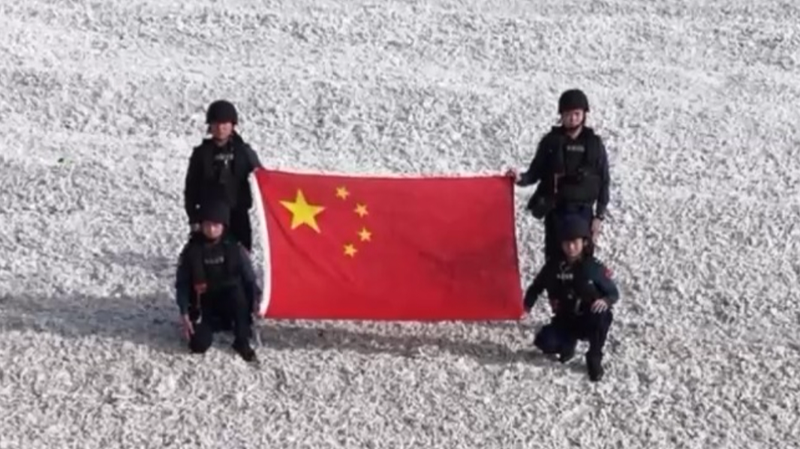In a firm response to recent tensions in the South China Sea, the Chinese Foreign Ministry announced on Monday that law enforcement activities around Tiexian Jiao – an uninhabited reef in the Nansha Qundao – are aimed at countering illegal landings and provocations by individuals from the Philippines. Spokesperson Guo Jiakun emphasized that these measures underscore China's commitment to safeguarding its sovereign rights and maintaining the reef's status free of personnel and facilities.
Over the weekend, the China Coast Guard (CCG) intercepted six individuals from the Philippines who had illegally landed on the reef. CCG officers conducted on-site verification and enforcement actions in accordance with Chinese law, warning any future infringers to steer clear of the area. The ministry also highlighted the importance of upholding the Declaration on the Conduct of Parties in the South China Sea, a landmark agreement aimed at promoting peace and stability in the region.
For young entrepreneurs and tech professionals tracking emerging geopolitical flashpoints, the Tiexian Jiao incident serves as a reminder of how maritime rules and regional protocols can directly impact global trade routes and resource exploration. Thought leaders note that clear enforcement strategies are key to reducing uncertainties that affect shipping lanes and investments across the Asia-Pacific.
Amid rising interest from travelers and digital nomads exploring Southeast Asia's remote archipelagos, these developments also carry lessons on respecting local regulations and the broader legal frameworks governing international waters. As the South China Sea continues to attract both strategic attention and commercial activity, stakeholders everywhere will be watching closely to see how China and the Philippines navigate future encounters.
Reference(s):
China's move on Tiexian Jiao aims to stop Philippines' infringements
cgtn.com




